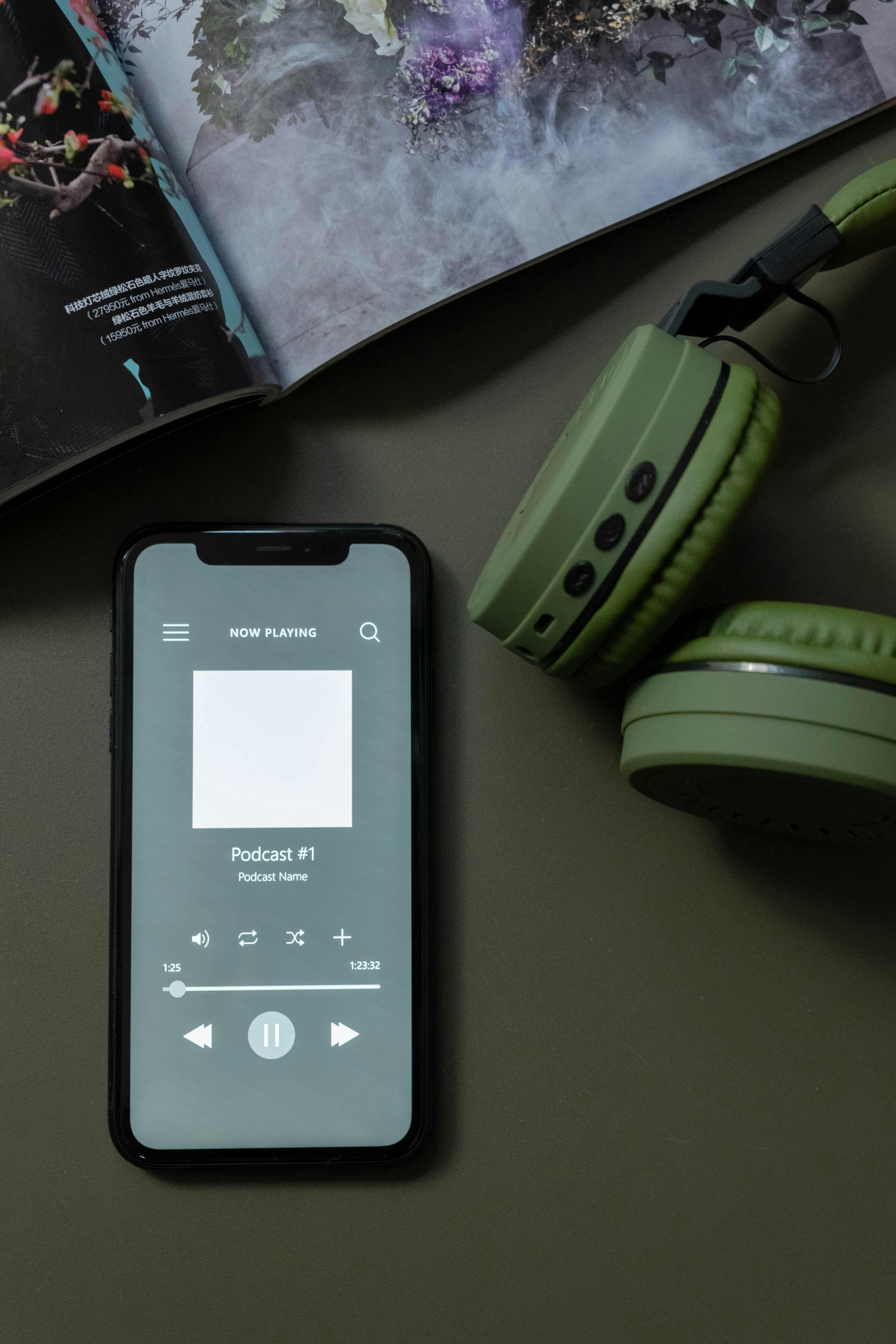With the growth of subscription fatigue among digital magazine readers, micro-subscriptions have emerged as a flexible, audience-friendly revenue strategy. At 3D Issue, we’ve spent years helping publishers modernize content delivery, so we’ve experienced firsthand how micro-subscriptions can open up new engagement and monetization possibilities—without locking readers into long-term commitments. In this deep dive, we’ll walk through exactly how you can structure, launch, and maximize micro-subscriptions for your digital magazine, ensuring you respect your readers’ time and budgets while growing your own business.

Understanding Micro-Subscriptions: The Why and What
Micro-subscriptions, sometimes called mini or bite-sized subscriptions, are short-term, low-cost offers that give readers targeted access to your digital content—think access to just one edition, a specific topic vertical, or even a curated article bundle. This approach responds directly to shifting reader behaviors: people today expect to pay only for what they want, when they want it, and they value the freedom of low-commitment payment models.
- Frictionless Entry: Attract hesitant or casual readers who balk at annual paywalls.
- Granular Monetization: Offer focused value, such as a standalone travel issue, a week of sports coverage, or an article collection on a hot trend.
- Upgrade Pathways: Use micro-subscriptions as a sampling tool, converting fans into full subscribers over time.
Step 1: Strategically Structure Your Micro-Subscription Offerings
Don’t just chop up your magazine and put a price tag on every bit. Effective micro-subscription strategy is all about packaging, accessibility, and genuine value.
- By Edition or Feature: Allow readers to purchase single digital issues or special themed features instead of whole archives.
- By Topic/Vertical: Create low-cost access bands for high-interest channels (e.g., monthly home décor trends, football season recaps).
- Time-Limited Access: Offer 24-hour, weekend, or weekly passes to live event coverage, trending stories, or exclusive archives.
- Pay-Per-Article: Let users unlock individual articles or multimedia exclusives for a micro-fee—ideal for readers arriving from search or social links.
This modular approach lets you experiment—start small, test response, and refine your packages based on what your analytics reveal about reader preferences and behaviors.

Step 2: Optimize Your Content for Micro-Consumption
Your packaging is only as good as the content inside. Micro-subscription buyers expect quick, relevant value, so rethinking your editorial workflow is critical:
- Break Down Long-form Content: Refactor lengthier magazine features into stand-alone stories, Q&As, or visual explainers that are easily consumed in short bursts.
- Highlight Rich Media: Invest in interactive elements—swipeable galleries, embedded video, or tap-to-expand infographics—to entice impulsive micro-purchases.
- Clear Navigation: Onboarding a micro-subscriber should always lead to an effortless, mobile-friendly reading path. Clunky user journeys kill conversions.
- Personalized Recommendations: Use behavioral triggers (e.g., “You read three sports articles last week—get the weekly sports edition for just $1.99!”) to upsell relevant micro-packs.
We’ve found that publications that do this well see higher engagement, repeat purchases, and increased social shares—core drivers of sustained micro-subscription growth.
Step 3: Seamlessly Integrate Paywalls and Payments
Frictionless payment is essential for micro-subscriptions. Nobody wants to fill out complex forms or click dozens of buttons just to read one article! Here’s what we recommend:
- Dynamic, Metered Paywalls: Let a reader browse a few articles before prompting with a micro-subscription offer. This builds value before asking for payment.
- One-Click Payments: Support trusted, mobile-first processors (Apple Pay, PayPal, Google Pay) for instant unlocking. Ask for the minimum amount of info possible.
- Subscription Transparency: Communicate what the reader gets, how long it lasts, and when it expires—building trust is key.
- Smart Upselling: Include options to upgrade from a micro-subscription directly to a traditional subscription with a clear, simple click.
If you use a platform like 3D Issue Flipbooks or Experios, you’ll have tools to embed these options with minimal coding or outside help. This is where our codeless design tools and built-in lead capture features deliver tangible value.

Step 4: Use Data to Refine and Personalize Offers
One of micro-subscription’s biggest strengths is how nimbly you can test, iterate, and personalize. To make this possible:
- Granular Analytics: Track not only purchases, but attempted purchases, drop-off points, and repeat visitors. This helps you find friction points and high-value content verticals.
- Engagement Heatmaps: Identify which stories or topics trigger micro-purchases versus bounces. Double down on your strongest verticals.
- Automated Lifecycle Offers: Set up email or in-app triggers to reactivate lapsed micro-subscribers with discounts, bonus content, or bundle deals.
- Regular A/B Testing: Experiment with pricing (e.g., $0.99 for three articles versus $2.99 for a weekly pass) and paywall timing to maximize uptake and revenue.
With 3D Issue’s analytics dashboards and customizable lead capture modules (Experios), this testing and refinement process becomes simple to manage, even for small teams.

Step 5: Promote Creatively & Gather Feedback
Don’t hide your micro-subscriptions deep within your site or app. They’re most effective when organic, visible, and matched to user context:
- Action-Oriented CTAs: Place buy/unlock buttons right in the content stream, especially after free samples or teasers. Slide-up prompts after 60 seconds of engagement work well on mobile.
- Promote Across Channels: Use newsletters, push notifications, and social posts to highlight your latest micro-subscription packs—remember, they’re perfect for readers hesitant to commit.
- Gather Real-Time Feedback: Use simple polls or quick forms to ask readers what micro-content they want to see unlocked next. This encourages loyalty and keeps your offers relevant.
- Showcase Value: Make sure every micro-subscription has a clear description of its unique benefits—don’t just say “single issue,” but sell what makes this package timely and unmissable.
Common Pitfalls and How to Avoid Them
After working with dozens of publishers at 3D Issue, we’ve seen a few recurring missteps:
- Overcomplicating Options: Don’t overwhelm with too many bundles or paywall types. Simplicity sells.
- Lack of Follow-Up: Always follow up micro-subscribers with conversion opportunities—don’t let a one-time reader slip away.
- Neglecting Accessibility: Every micro-offer should meet accessibility and usability standards, especially for mobile readers. Using platforms that support WCAG and ADA compliance—like Experios—helps you reach every potential customer.
Is Your Magazine Ready for Micro-Subscriptions?
If your publication wants to revitalize digital revenue streams, lower churn, and unlock new audience growth, micro-subscriptions are well worth the effort. The key is to put reader experience and genuine value at the center—modular content, accessible payment, and ongoing optimization.
At 3D Issue, we’re passionate about making digital publishing work for modern readers and modern publisher teams. Feel free to explore our platforms—Experios for responsive content creation and Flipbooks for stunning digital magazine distribution—to see how easy it is to test, launch, and scale micro-subscription models.
Ready to build a more dynamic, flexible publishing future?
Try us out for free at 3D Issue—and let’s evolve your magazine together.







